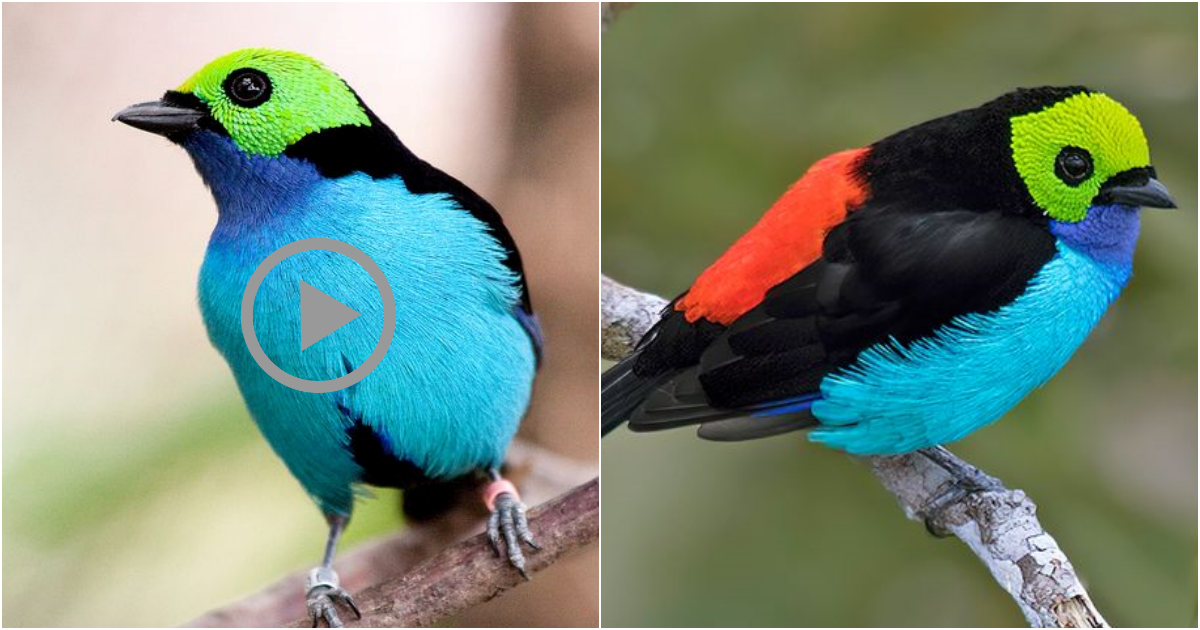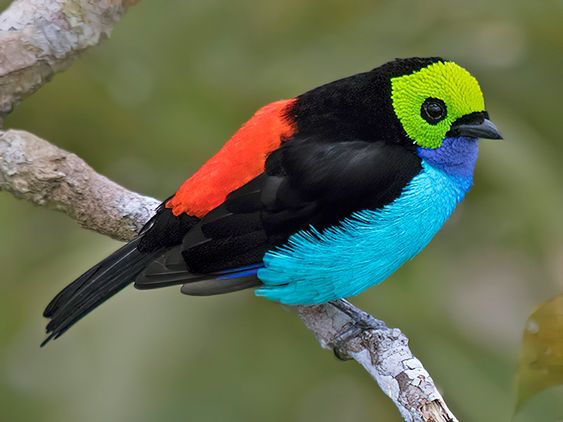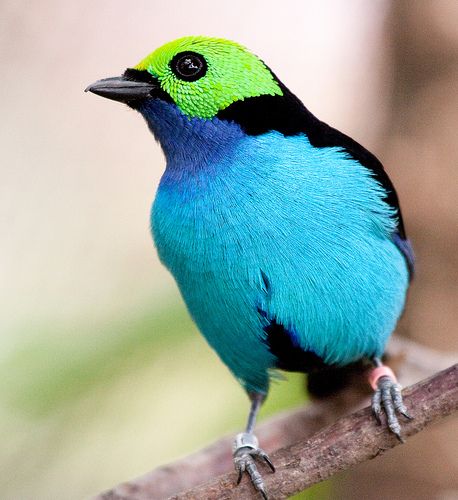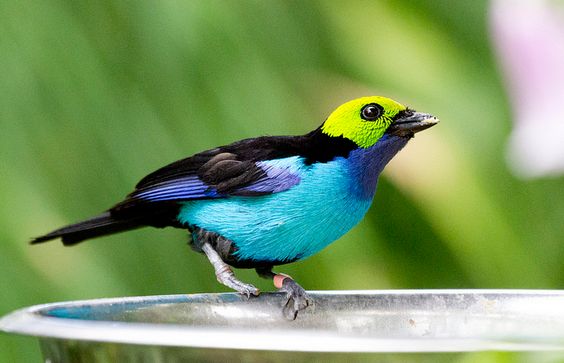The Paradise Tanager: A Symbol of Beauty and Biodiversity in the South American Rainforest

The Paradise Tanager (Tangara chilensis) is a captivating bird species that thrives in the lush rainforests of South America. With its vibrant colors, distinctive appearance, and enchanting song, this tanager species has become a beloved icon of the region’s rich biodiversity. However, like many other species, the Paradise Tanager faces various threats that necessitate conservation efforts to safeguard its existence and preserve the fragile ecosystems it inhabits.
The Paradise Tanager’s striking physical features make it a standout among its avian counterparts. Its dazzling plumage includes a vivid blue head, a green back, and vibrant red underparts. The combination of these colors creates an awe-inspiring spectacle amidst the lush green foliage of the rainforest. With a height of up to 5 inches and a wingspan reaching 8 inches, the Paradise Tanager possesses a petite yet majestic presence.

The Paradise Tanager is classified as a frugivorous bird, primarily relying on fruits and berries as its main source of sustenance. Its vibrant appearance and diverse diet contribute to its role as an essential seed disperser within the rainforest ecosystem. By consuming fruits and spreading seeds through its feces, the Paradise Tanager plays a crucial part in maintaining forest regeneration and plant diversity.
 Beyond its striking appearance, the Paradise Tanager captivates with its melodious song. Its vocalizations consist of a melodious series of whistles and trills, adding an enchanting symphony to the rainforest soundscape. The bird’s melodic calls serve various purposes, including attracting mates, establishing territories, and communicating with other members of its species.
Beyond its striking appearance, the Paradise Tanager captivates with its melodious song. Its vocalizations consist of a melodious series of whistles and trills, adding an enchanting symphony to the rainforest soundscape. The bird’s melodic calls serve various purposes, including attracting mates, establishing territories, and communicating with other members of its species.Despite its widespread presence, the Paradise Tanager faces significant conservation challenges. Habitat loss and fragmentation, resulting from deforestation for agriculture, logging, and urbanization, pose a significant threat to its survival. Additionally, climate change and pesticide use further endanger the species, impacting its food sources and overall well-being. The Paradise Tanager’s plight highlights the urgent need for conservation efforts aimed at preserving its habitat and mitigating human-induced threats.
 Conservation organizations and local communities are actively engaged in efforts to protect the Paradise Tanager and its delicate rainforest ecosystems. These initiatives focus on establishing protected areas, promoting sustainable land-use practices, raising awareness about the importance of biodiversity conservation, and engaging in habitat restoration projects. By working collectively, these conservation efforts aim to ensure a sustainable future for the Paradise Tanager and other vulnerable species in the South American rainforest.
Conservation organizations and local communities are actively engaged in efforts to protect the Paradise Tanager and its delicate rainforest ecosystems. These initiatives focus on establishing protected areas, promoting sustainable land-use practices, raising awareness about the importance of biodiversity conservation, and engaging in habitat restoration projects. By working collectively, these conservation efforts aim to ensure a sustainable future for the Paradise Tanager and other vulnerable species in the South American rainforest.The Paradise Tanager’s mesmerizing beauty, vibrant colors, and melodious song make it a symbol of the South American rainforest’s rich biodiversity. As its habitat and existence face numerous threats, conservation actions become increasingly crucial. Preserving the Paradise Tanager and its habitat not only safeguards a visually stunning species but also helps maintain the intricate balance of the rainforest ecosystem. By appreciating and protecting this remarkable bird, we contribute to the preservation of our planet’s natural wonders for generations to come.



